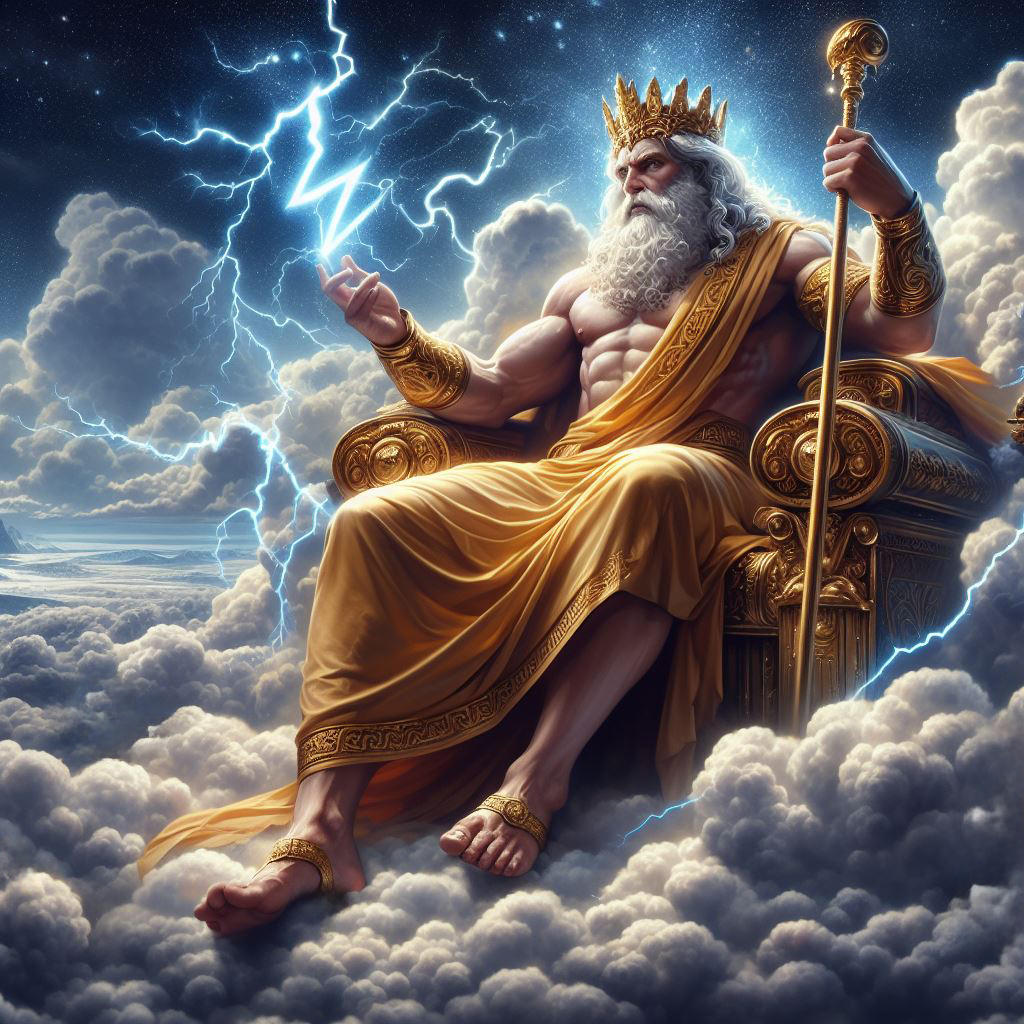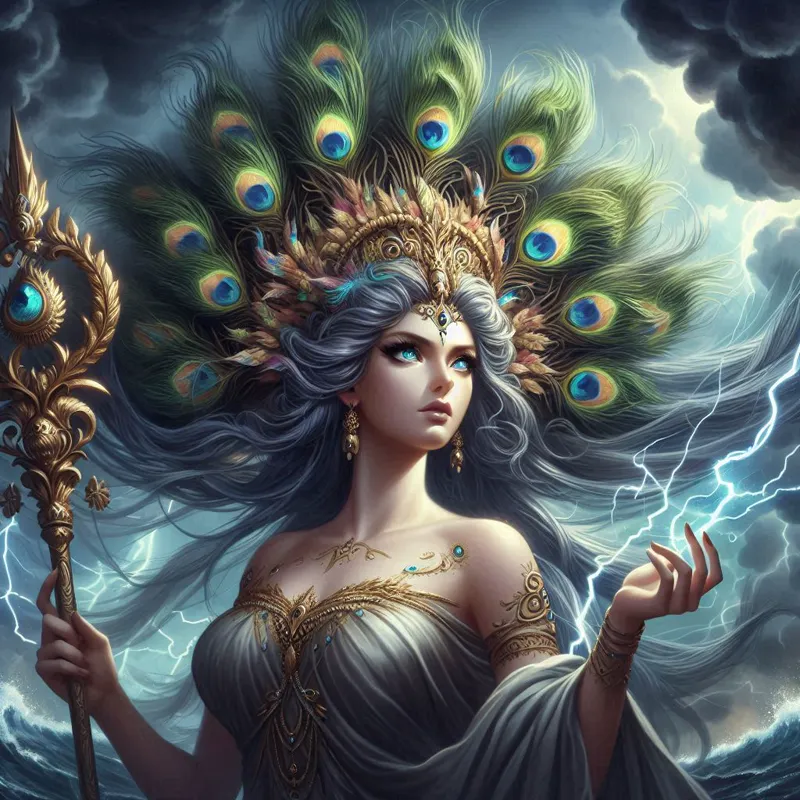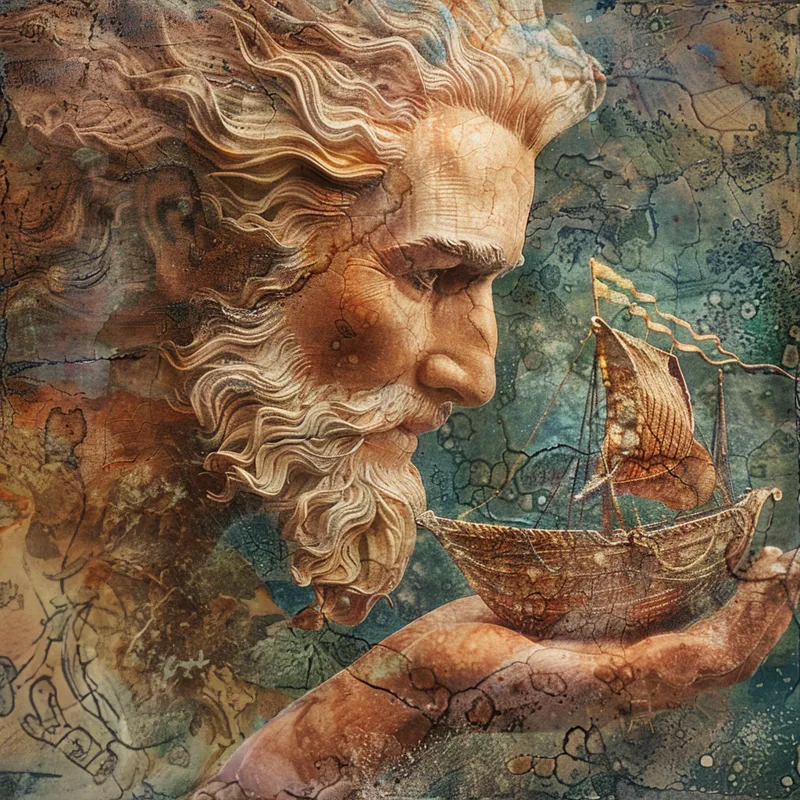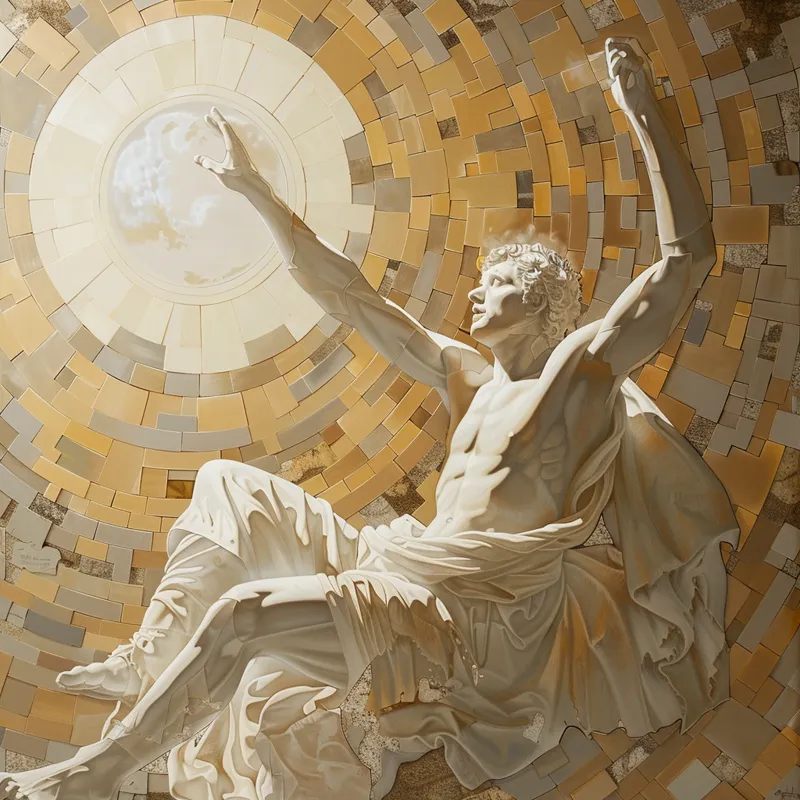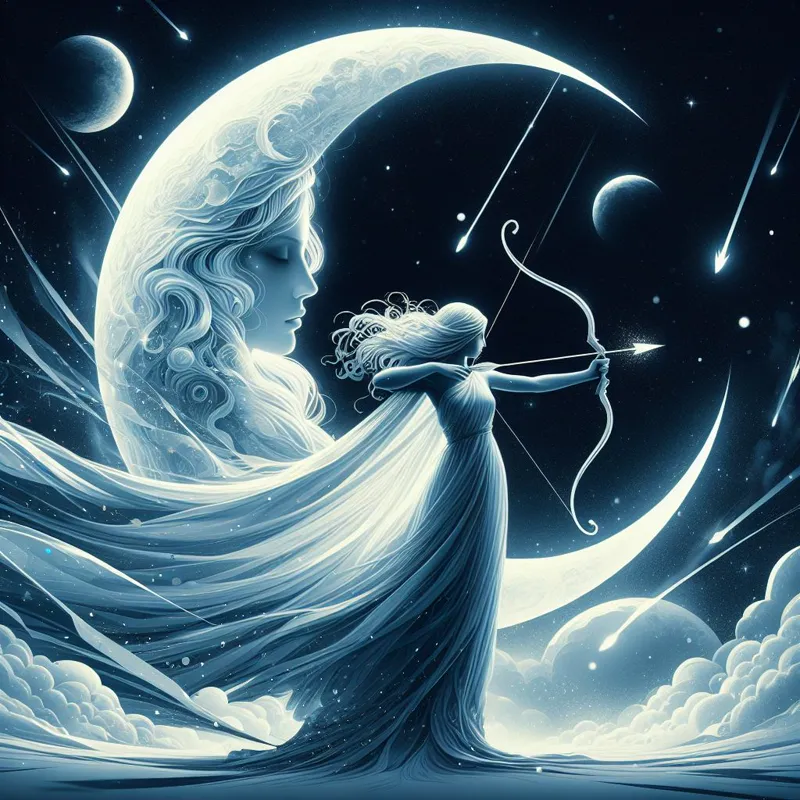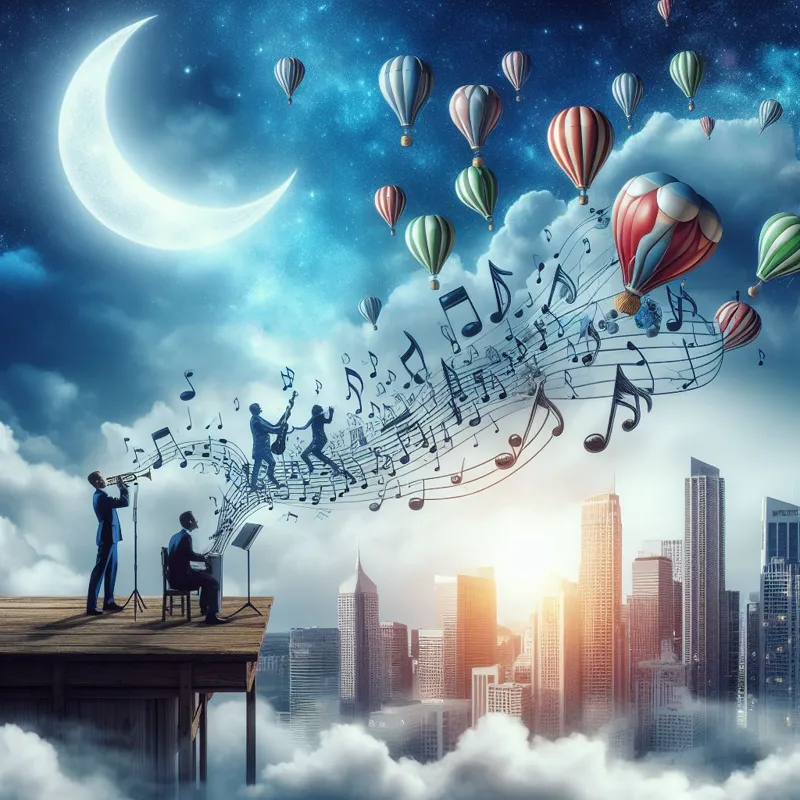
Forger of destinies
New Year's celebrations, a global tradition, mark the end of one calendar year and the beginning of another. Across different cultures, these celebrations are rich in rituals and customs, reflecting diverse historical, religious, and cultural origins. While the specifics vary, the common thread is the symbolism of ending, renewal, and hope.
The tradition of celebrating the New Year has evolved over centuries, integrating ancient customs with modern practices. From the earliest recorded festivities in Mesopotamia to contemporary fireworks displays, each culture adds its unique flavor to welcoming the New Year.
Historical Origins

Once bitten, twice shy
The earliest New Year celebrations can be traced back about 4,000 years to ancient Babylon. Babylonians marked the beginning of a new year with the first new moon following the vernal equinox, a day in late March with an equal amount of sunlight and darkness. They celebrated with an 11-day festival called Akitu, which involved rituals to honor the sky god Marduk.
In ancient Rome, the calendar was realigned by Julius Caesar in 46 B.C., setting January 1st as the start of the new year. Named after Janus, the Roman god of beginnings and endings, this day was celebrated with sacrifices and promises of good conduct for the coming year. This shift laid the groundwork for the modern Gregorian calendar and its widespread acceptance.
Cultural Variations

Something different
In China, the Lunar New Year, also known as Spring Festival, is celebrated with parades featuring dragons and fireworks to ward off evil spirits. The festival, beginning on the first day of the lunar calendar, lasts for 15 days and ends with the Lantern Festival. Families gather for feasts, and it's customary to clean homes to sweep away ill-fortune and make way for incoming luck.

Renewed spirit
Conversely, in Ethiopia, Enkutatash, or the Ethiopian New Year, falls in September and marks the end of the rainy season. It's celebrated with songs, dances, and the exchange of bouquets of flowers. The unique timing of Enkutatash, stemming from the Ethiopian calendar, showcases the diversity in how different cultures perceive and celebrate the New Year.
Traditional Foods

Time stands still
Food plays a central role in New Year's traditions. In Spain, it's customary to eat 12 grapes at midnight, one for each chime of the clock, symbolizing hopes for the months ahead. This tradition, known as 'Las doce uvas de la suerte', is both a fun challenge and a wish for good fortune.

Can't go home again
In the Southern United States, a traditional New Year's meal includes black-eyed peas, collard greens, and cornbread. Black-eyed peas, eaten for luck, are typically prepared in a dish called Hoppin' John. The greens symbolize wealth, and the cornbread represents gold, reflecting hopes for prosperity in the new year.
Modern Celebrations
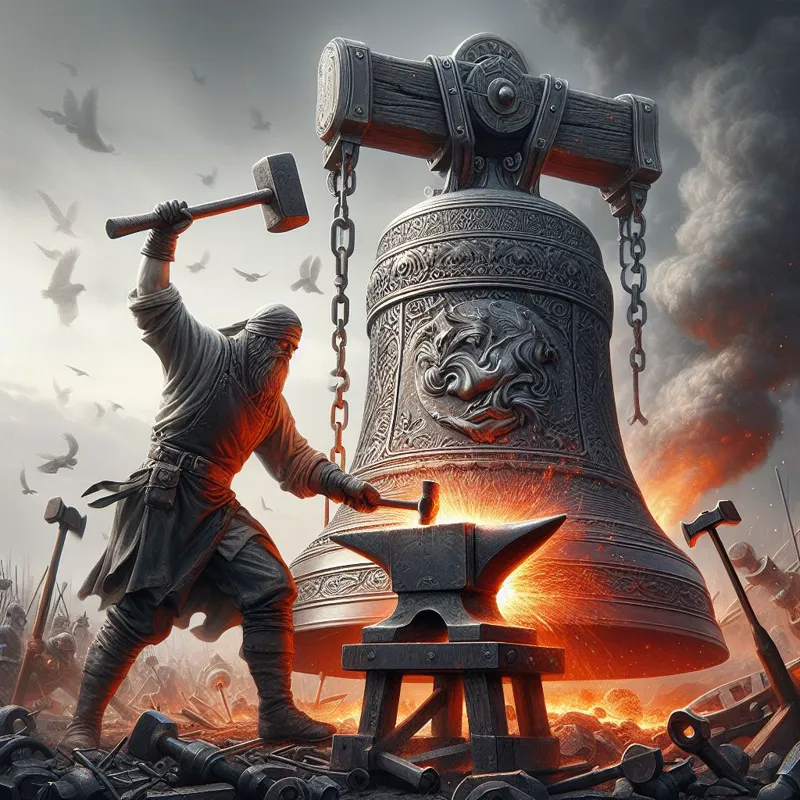
The bell toll's for us all
Today, many countries celebrate the New Year with fireworks and parties. In Sydney, the New Year's Eve fireworks over the Harbour Bridge and Opera House are a major attraction, drawing thousands of spectators. In New York City, the ball drop in Times Square is a globally recognized event, with millions watching the countdown on television.

A new light
These modern celebrations, while flashy and exciting, often blend with traditional customs. For instance, in Brazil, people dress in white and throw flowers into the ocean as an offering to Yemanjá, the goddess of the seas, blending Afro-Brazilian traditions with contemporary festivities.

What works and what doesn't
Resolutions and Renewal
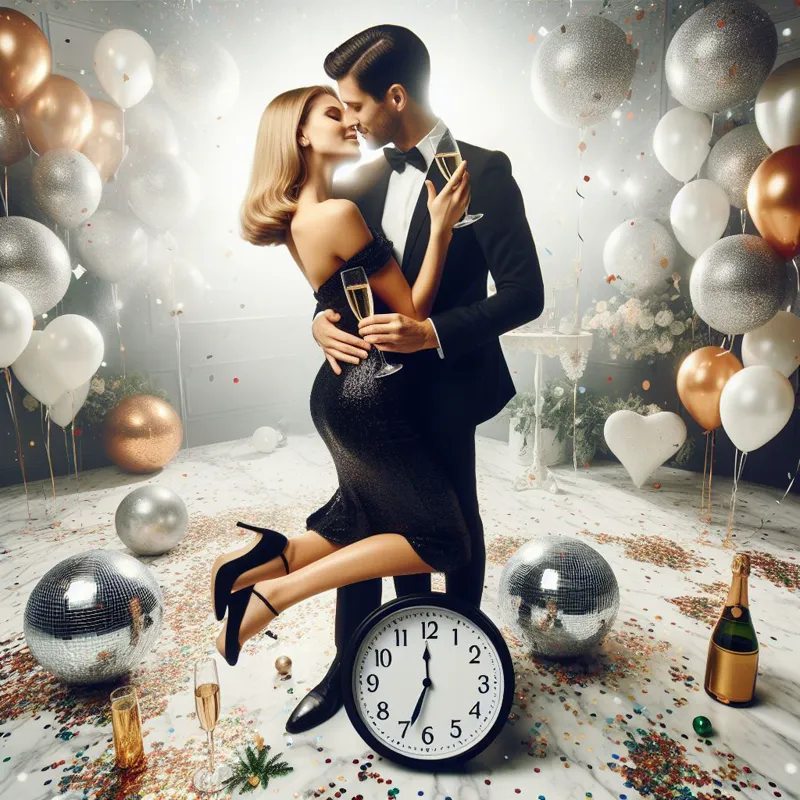
Beating the clock
New Year's resolutions are a common tradition, reflecting the idea of the New Year as a fresh start. People make promises to themselves, ranging from improving health to learning new skills. This practice is rooted in both religious and secular traditions, where the New Year is seen as a time for self-improvement and setting personal goals.

Trade-offs
In Japan, the practice of 'Hatsumode' is the first shrine visit of the New Year. People pray for health, happiness, and prosperity, often writing wishes on small wooden plaques called 'ema'. These rituals underscore the theme of renewal and hope that permeates New Year's traditions worldwide.
Religious Observances

First steps into a new world
Religious New Year celebrations vary significantly. For Muslims, the Islamic New Year is a time for reflection and prayer, rather than festivity. It marks the migration of Muhammad from Mecca to Medina and is observed quietly with prayer and reflection.
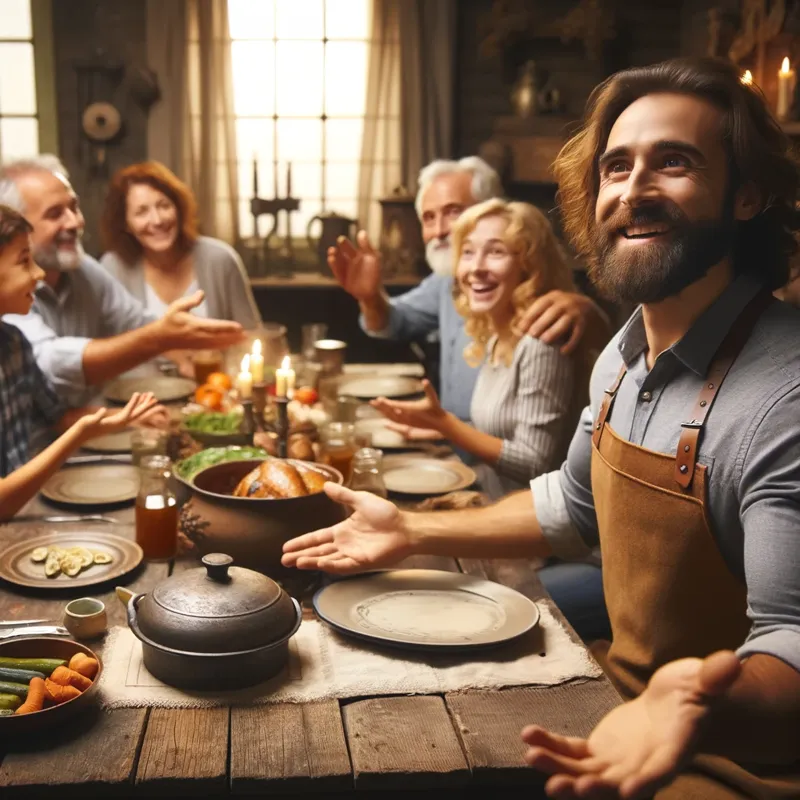
All are welcome
In Judaism, Rosh Hashanah, the Jewish New Year, is a time for introspection and prayer. It's celebrated with the blowing of the shofar, a ram's horn, and special meals including apples dipped in honey, symbolizing the wish for a sweet new year.
New Year's Day Activities

The golden touch
The first day of the year is often marked by various activities and events. In many countries, New Year's Day is a public holiday, allowing families and friends to spend time together. Parades, like the Rose Parade in Pasadena, California, are popular, while in the Netherlands, the New Year's Dive sees thousands plunging into icy waters.

In service to others
In Japan, the first dream of the New Year, or 'Hatsuyume', is considered significant. People believe the contents of this dream predict the luck they will have in the coming year. This emphasizes the importance of hope and expectation that the New Year brings.

Fostering the bonds of trust
New Year's traditions, with their rich and varied customs, reflect humanity's enduring optimism and desire for renewal. Whether it's through fireworks, feasting, or quiet reflection, these celebrations remind us of our shared hopes and dreams for the future. As we embrace these traditions, we acknowledge our connection to the past and our aspirations for the year ahead.


